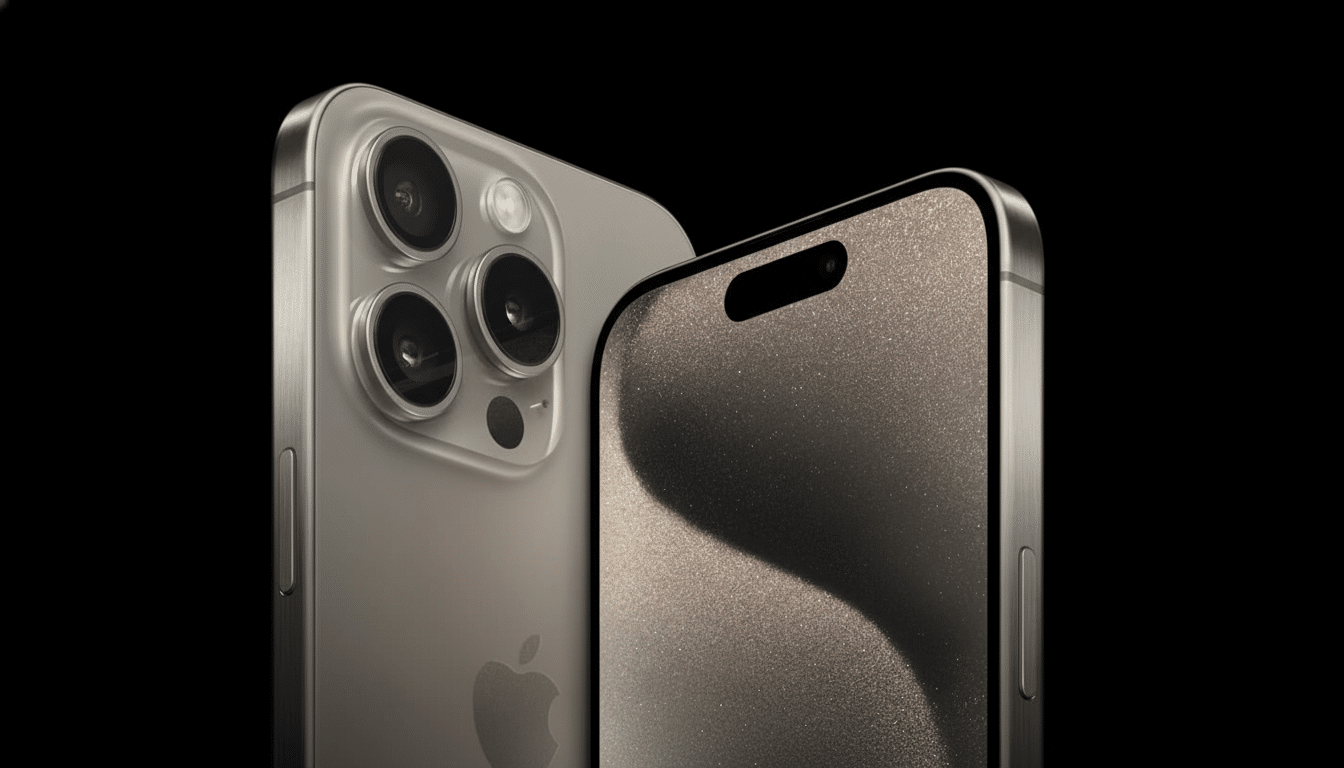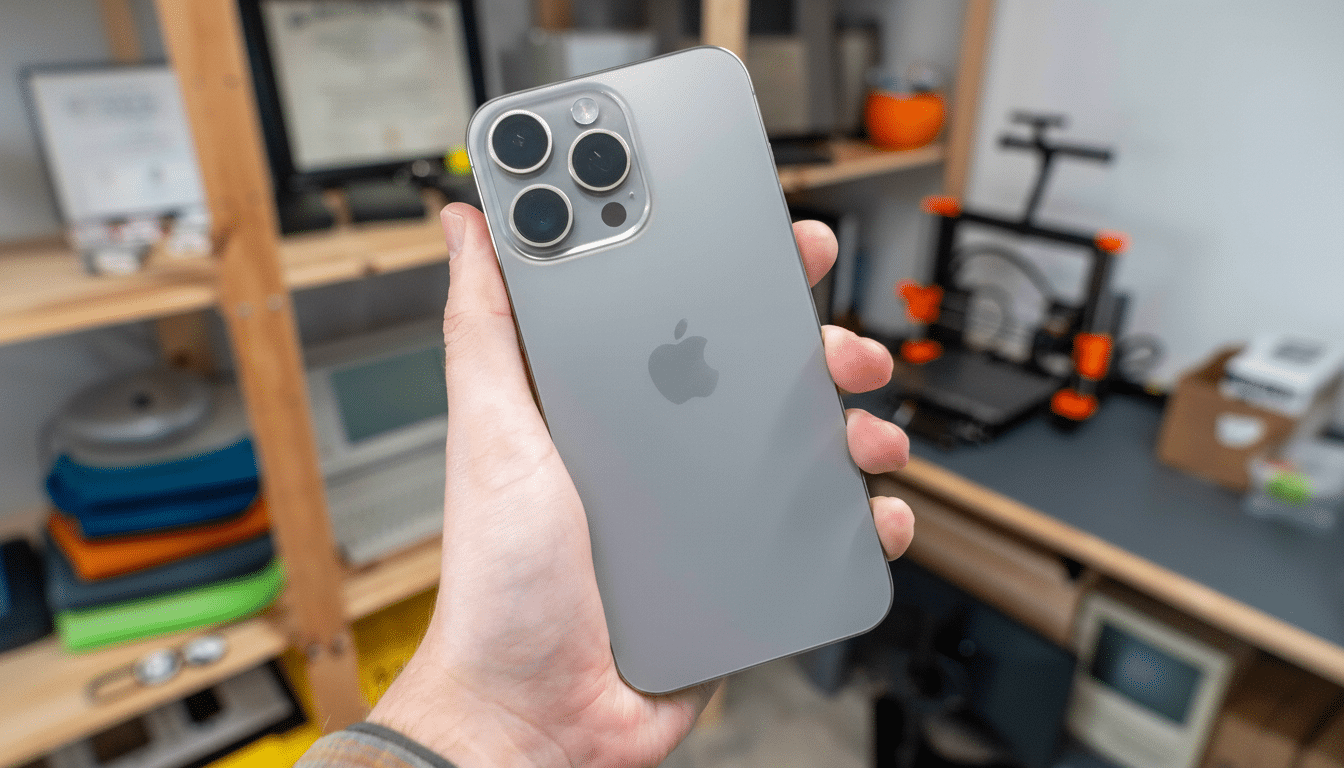I decided to treat my iPhone 15 Pro like an experimental subject and follow Apple’s own battery-care playbook. That meant using the 80% charge cap, letting Optimized Battery Charging do its work, not getting too close to a flat battery, and ensuring it didn’t get too hot. Two years later, here’s the real lowdown on the battery and whether those trade-offs were worth it.
What the Apple Way Actually Entails for Charging
Apple offers two distinct tools. Optimized Battery Charging learns your schedule, then stops at about 80% overnight and tops up to 100% before you wake. For the iPhone 15 and newer, there’s also a charge limit option that has charging stop at 80% at all times. Apple’s reasoning is simple: keeping lithium-ion cells out of extremely high states of charge and temperatures mitigates chemical aging.

Apple also updated its durability guidance for the iPhone 15, suggesting they can keep at least 80% of their original capacity after around 1,000 full charge cycles in normal conditions. That’s double the 500‑cycle number that Apple has cited historically for earlier generations. One independent resource, Battery University, and some academic research agree on the basics: heat and time spent at 100% are the quickest ways to wear down a lithium‑ion battery.
Two Years of Data, and How the Experience Felt
I turned on the 80% charge limit on day one, used Apple’s 20W USB‑C adapter, and avoided fast wireless charging when the phone was warm to the touch. I would also let the phone run down to a full 100% calibration charge about once a month when iOS reminded me.
When 12 months came around, Battery Health reported a 93% maximum capacity and 298 cycles. The capacity reached 90% after 466 cycles at the age of 18 months. After two years, the phone shows 88% max capacity and 612 cycles, while Peak Performance Capability remains “normal.” In plain English: the battery aged, but in a predictable way, without performance throttling.
The true test is the lived day-to-day experience. I was happy enough starting every morning at 80% in year one. On super 5G‑heavy days I would end in the 20–30% range by late afternoon. That changed in year two: with the battery now down to 88% of its original capacity and starting each day at only 80%, my daily usable energy had effectively dropped to just under 70% as compared to when new. I’d start adding to it from around 3 p.m., after long camera sessions or lots of navigation.
The Trade-Off in Numbers: Capacity Versus Longevity
Restricting to 80% certainly alleviated the burden on the cells, and my curve also suggests that the phone should cross over 80% health somewhere slightly beyond 900 cycles.

That jibes with Apple’s 1,000‑cycle goal under ideal conditions. But the math of a day remains uncompromising: giving away 20% of your daily capacity every morning is like feeling older sooner, not later.
For comparison, I extracted logs from two older iPhones that I charged to 100% daily and on which only Optimized Battery Charging was enabled. Both showed an 82–85% capacity after nearly two years and 700–750 cycles. Their batteries degraded at a quicker pace than my 80%‑capable iPhone, but they absolutely endured the day longer on most days. That aligns with findings shared by reviewers and community testing reported by outlets like MacRumors, where 80% after two years often doesn’t seem worth it unless you’re a light user.
What Actually Aided the Battery Over Two Years
A few habits contributed more to the effects above than did the hard 80% cap:
- Keep it cool. Heat accelerates chemical wear. I refrained from charging in a hot car, removed the case during summer fast‑charging sessions, and relied on wired charging when MagSafe seemed warm. Resources at Battery University and teardown experts with iFixit have long pointed to heat as the enemy of premature aging.
- Avoid extremes. I didn’t often go below 10% or keep the phone topped up for a long time; I tried to avoid extremes. Consistent middle ranges are healthier than yo‑yoing between near‑empty and full.
- Let iOS manage. It turns out Optimized Battery Charging minimizes time at 100% without pushing to an unsustainable ceiling. Here and there, a complete charge helped iOS maintain accurate estimates.
So Was the Apple Way Worth It After Two Years
If the goal is to maximize the years before you hit 80 percent battery health, then by all means limit your heavy use of a phone to the roughly 20 percent in each full charge cycle that you have accessible without constraining it to an exact number. My two‑year score of 88 percent at 612 cycles is just fine. But if your goal is to make it from breakfast through bedtime without anxiety, a hard 80% cap becomes a headache by the middle of year two.
Now my advice is more nuanced: go with Optimized Battery Charging as your default and don’t be scared of 100% if you need it for the headroom. If you can only focus on watching one thing, try to keep your eyes on the temperature numbers, not the percentage. If you’re consistently finishing your day with 30–40% left, put a hard limit at 80% and see if that still gets you through. If not, lose the cap and let iOS crank out that last 20%.
Bottom Line for Most People Considering Apple Charging
With two years of Apple‑charging under my belt, the battery says it’s healthy and in practice is acceptable, but that 80% cap cost me convenience a little earlier than I’d have liked. Apple’s own guidance, which industry research concurs with here, is that heat and high charge levels are the true enemies. Take those with Optimized Battery Charging and some common sense, and you may be able to have the best of both worlds: strong daily endurance now and a battery that lasts long enough to be useful.

